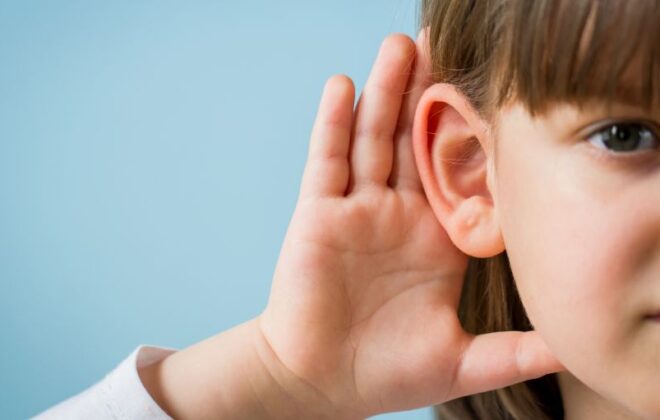Head Injury? Regain Balance Now!
Fall from a height, a motorcycle accident, or being thrown off balance from any vehicle, and many other injuries to the scalp harm the head. Head injury is a very broad term as it may also affect the skull, brain, underlying tissues, and blood vessels inside the head. Depending on the extent of the head trauma, head injuries are also referred to as Traumatic Brain Injury (TBI).
But not all injuiries cause death or disability. It may just be a small bruise or a cut (shallow or deep, moderate or severe). Most severe ones can cause internal bleeding, damage the brain or fracture the skull.
Cause of the injury
A direct blow to the head or a whiplash-type injury (which happens in bike accidents) bruise the brain and also damages the internal tissue and blood vessels. In some instances, there will be jarring of the brain against the sides of the skull. This causes the internal lining to tear and harm the tissues and blood vessels leading to internal bleeding, bruising, or swelling of the brain.
Types of Injury
Concussion: If the injury causes instant loss of awareness which lasts for a few hours.
Skull Fracture: This results in a fracture in the skull and it can happen in 4 ways. Linear fractures (no intervention is needed); Depressed fractures (Part of the skull is sunken and surgical intervention is essential); Diastatic fractures: (Occur along the suture lines in the skull and are common in infants, and newborns); Basilar fractures: (Skull’s base bone is broken). In the last one, there are bruises around the eyes and behind the ear. Fluids begin to drain from the ear and patients need close observation.
Besides these, different types of intracranial hematomas occur when blood clots form in or around the brain. These can cause mild head injuries to serious life-threatening injuries.
Symptoms
The person may have varying degrees of symptoms which may include just a superficial bruise; headache, dizziness, sensitivity to noise and light, and fatigue. In a moderate injury, symptoms may include loss of consciousness, vomiting, slurred speech, difficulty in walking, seizures or draining of fluid from ears or nose.
In severe cases, one might go into a state of coma or to a vegetative state. They may require long-term medical and rehabilitative (physical, occupational, or speech therapy) management.
However, a traumatic brain injury impacts hearing and balance as well. The delicate bones of the ear are damaged or dislodged or the eardrum is ruptured by the impact of the injury. This disrupts the functioning of the part of the brain responsible for hearing. The injured person begins to hear a persistent ringing, buzzing, or hissing sound in the ears. Some become extremely sensitive to sound.
Once the inner ear is affected, the vestibular system, made of tiny fluid-filled canals, is disrupted. Dizziness, spatial disorientation, or a feeling of surroundings in motion sets in at this stage. Therefore, TBI results in hearing loss.
Is the loss permanent?
Luckily, hearing loss is not permanent. As the brain recovers, so will the auditory system. In case of a bone fracture, corrective surgery may be essential. Unfortunately, if the cochlea is affected, the damage is irreparable and the brain injury turns out to be a permanent one. But, this is a very rare situation.
Treatment
Immediately after the injury, be sure to visit a medical practitioner. The physician has to look out for hematomas and if detected, a CT or MRI is a must. The neurological cause for loss of hearing is very difficult to diagnose but should be done with the help of an audiologist.
Audiologists handle brain injuries well. In case of a concussion, they can assess the functional impact on a person’s hearing, auditory processing, and balance. They collaborate with other professionals like physiotherapists, occupational therapists, and speech-language pathologists to evolve a patient-centric strategy.
A person who has had a concussion reports balance and hearing issues. A concussion happens when the brain is shaken inside the skull. They experience decreased hearing, feel off balance, and dizzy and nausea with a quick motion. This is because parts of the brain such as the Corpus Callosum, thalamus, temporal lobe, and brainstem are affected.
Each of these support different auditory functions such as hearing speech in noise, recognizing sound patterns, and localizing sounds in space. Once these suffer a trauma, people find it difficult to follow conversations, identify sources of sound and participate in mundane activities with ease.
But any treatment is individualized, depending on the extent of damage and symptoms exhibited by the patient. The main key is to promote a safe environment. People have to use seat belts in cars, helmets in two-wheelers, bicycles, or even while skating to avoid a head injury. Never forget to walk with a firm footing in the bathroom for most of the elderly’s head injuries are caused due to a fall on the slick tiles in the bathroom.
Prevention is and will always be the best way to avoid hearing loss and balance problems that will arise due to a head injury.




